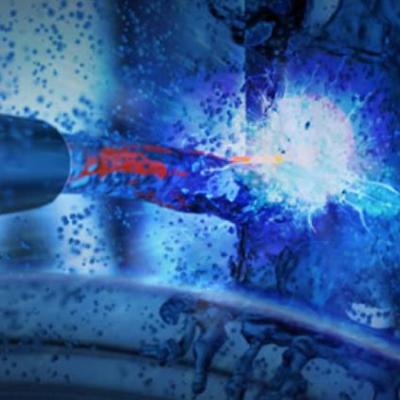This invention proposes using a pulse laser configured to generate laser pulses and a controller for controlling operation of the pulse laser. The controller is further configured to control the pulse laser to cause the pulse laser to generate at least one of the laser pulses with a spatiotemporally varying laser fluence over a duration of at least one of the laser pulses. The spatiotemporally…
Keywords
- Show all (90)
- Instrumentation (38)
- Diagnostics (13)
- Compact Space Telescopes (5)
- Therapeutics (5)
- Diode Lasers (4)
- Brain Computer Interface (BCI) (3)
- Optical Damage Mitigation (3)
- Precision Optical Finishing (3)
- RF Photonics (3)
- Vaccines (2)
- Additively Manufactured (AM) Optics (1)
- Manufacturing Simulation (1)
- Precision Engineering (1)
- Rare Earth Elements (REEs) (1)
- Sensors (1)
- Ultrashort Pulse Lasers (1)
- (-) Laser Materials Processing (4)
- (-) Polymer Electrodes (1)
Technology Portfolios

To replicate the physiology and functionality of tissues and organs, LLNL has developed an in vitro device that contains 3D MEAs made from flexible polymeric probes with multiple electrodes along the body of each probe. At the end of each probe body is a specially designed hinge that allows the probe to transition from lying flat to a more upright position when actuated and then…


LLNL’s system consists of one or more flashlamp-pumped Nd:glass zig-zag amplifiers, a very low threshold stimulated-Brillouin-scattering (SBS) phase conjugator system, and a free-running single frequency Nd:YLF master oscillator.

The new LLNL technique works by transiently removing and trapping concrete or rock surface material, so that contaminants are confined in a manner that is easy to isolate and remove. Our studies suggest that 10 m2 of surface could be processed per hour. The technique easily scales to more surface/hr.

